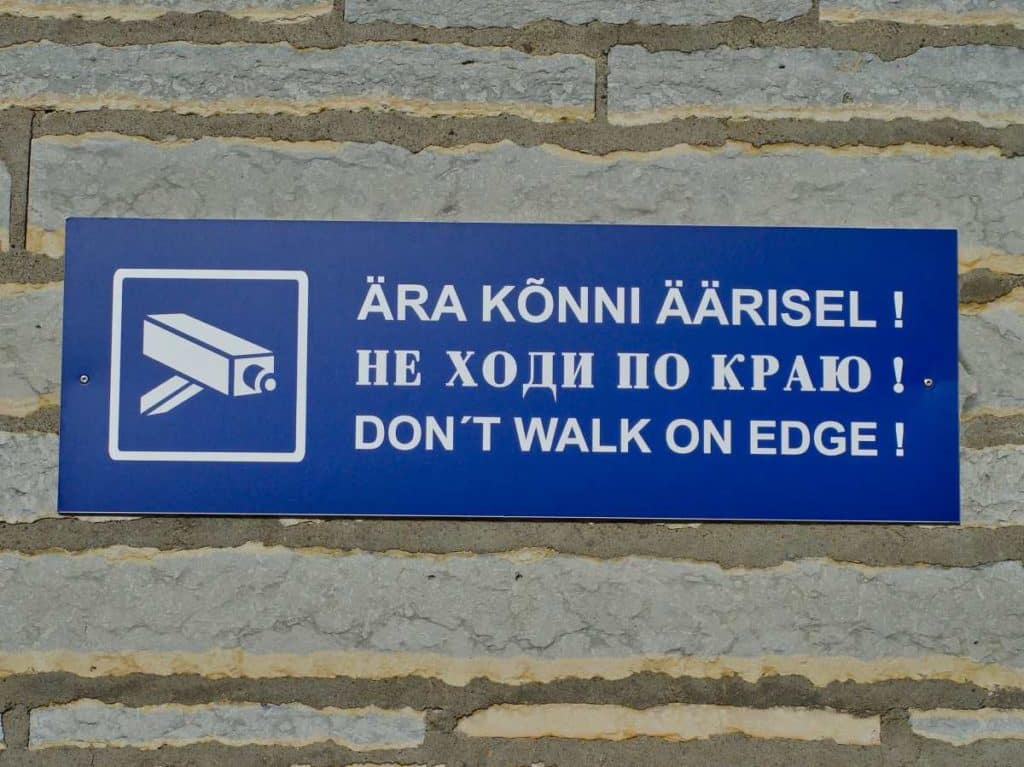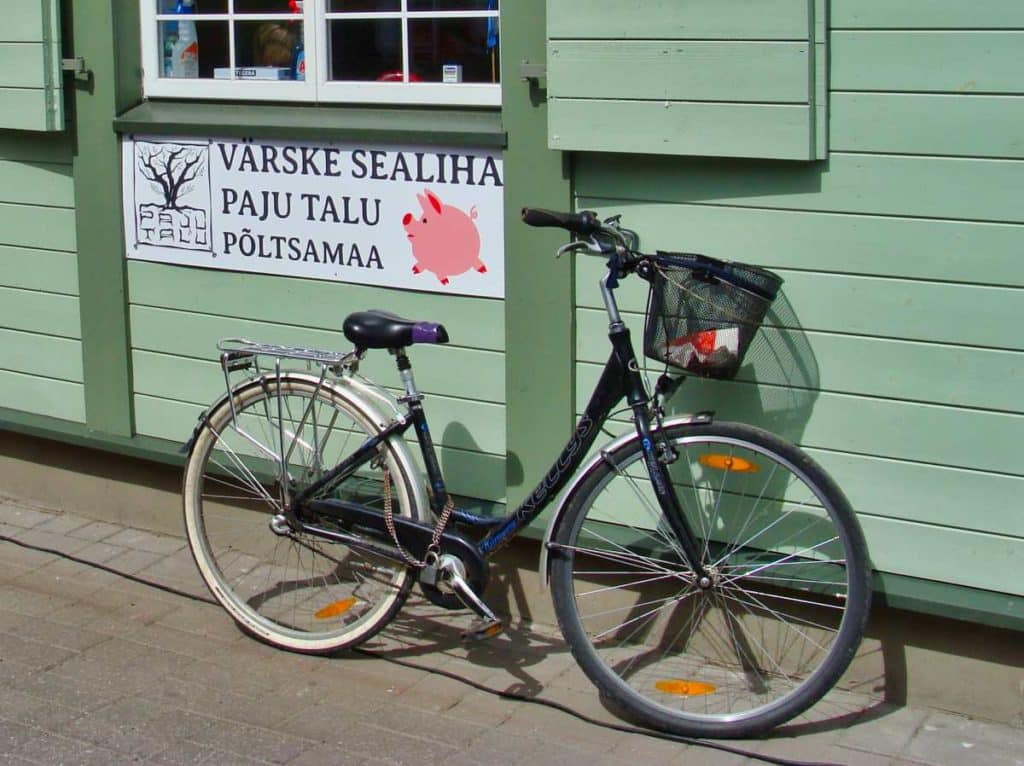Estonian is a bit exotic. If you want to learn Estonian, you’d be surprised how much it differs from English or Scandinavian languages. In the following, we would like to introduce you to what the Estonian language is all about.
The relatives of the Estonian language
There are always erroneous assumptions about the relationship of Estonian with neighboring (and not so neighboring) languages. To clarify here as well: Estonian is related primarily to Finnish. Finnish is the only known major language to which Estonian is related. The other languages of the Finno-Ugric language group, to which Estonian belongs, are either very small or the relationship is too distant. This is true, for example, of Hungarian.
Researchers argue to this day about the exact connections, but that doesn’t change the following fact: Even if you know Estonian, you don’t understand a bit of Hungarian. This is different with Finnish. With a little practice, many words can be recognized and certain grammatical structures are similar. However, Finns and Estonians can by no means converse in the same way as, let’s say, Swedes and Norwegians.
There are no direct relations to the other neighboring languages, i.e. neither to Russian and the other Slavic languages nor to Latvian or Lithuanian. Linguistically, German, Lithuanian, Russian or Persian are thus all more closely related to each other than all these languages are to Estonian. Estonians are quite alone with their language with just one million speakers!

Estonians and foreign languages
Therefore, mastering often several foreign languages at a good level is very common in Estonia. English is by far the most important foreign language. Russian is a special case: On the one hand, members of the Russian minority speak Russian, and on the other hand, many older Estonians speak Russian at a very high level. Among the younger generation, however, knowledge of Russian has declined very rapidly – probably not least because Russian is so closely associated with the Soviet occupation and Russification during the Soviet era. It probably also helps with language learning that only children’s films are dubbed. Movies are often shown with Estonian and Russian subtitles at the same time. In the television news, unlike in other countries, for example, you can always hear politicians from abroad in the original language, and subtitles are used here as well.

Crash course to learn Estonian
But now more about the Estonian language itself. Here are the most important things to get along with Estonian a little better.
Always stress the first syllable
As hard as it is: Estonian is really almost always stressed on the first syllable. So it is Tállinn, not Tallínn and Sááremaa, not Saarémaa!
Double letters are always long
And also consonants! With Tallinn (remember the stress on the first syllable!) one gets stuck with the “l” and “n” thus briefly – somewhat exaggerated: Tál-lin-n.
The 14 cases
You may have heard about the many grammatical cases in Estonian. What are they all about? The first three are similar to those in Romanic and Germanic languages (ok, honestly, in many ways they are not). The others work much the same way prepositions do in other languages, i.e. “with”, “in”, “out of”, and so on.
For example, “table” in Estonian is “laud”. 2nd case: “laua”. From this number 4-14 are derived: “lauale” – “on the table”; “laualt” – “from the table”; “lauaga” – “with the table”, “lauata” – “without the table”. Accordingly, with such cases one can say that one works “as” someone, puts something “in” somewhere or also “becomes” something. “In Berlin” is then in Estonian: “Berliinis” (the “i” is long, so it must be double).
No sex, no future!
This is a popular saying among those who learn Estonian: Estonian has neither grammatical gender nor a separate verb form for the future. This can pose challenges for translators. The sentences
He loves her.
She loves him.
He loves him.
She loves her.
are all translated the same: Ta armastab teda.

õ
Estonian has its own letter, the “õ” – pretty cool, isn’t it? There is also a normal “ö”, the “õ” sounds like the sound you make when you have absolutely no idea what you are saying.
Learn Estonian
You want to learn Estonian? It’s not that easy. After all, according to the U.S. Foreign Service Institute, the language belongs to the second most difficult group of languages – only languages like Arabic, Japanese and Chinese come after that. Plus, there’s little material because the number of speakers is so small. Here are some tips.
Estonians nearby
After all, according to an oft-quoted phrase by Ernest Hemingway, “there is an Estonian in every port.” Maybe you can find a native speaker who can give you lessons.
The Speakly app
The language learning app Speakly, unlike most other apps, also has Estonian on offer.
Books
There is also not much in the way of self-learning materials on Estonian. For many, the book “Learn Estonian” with 2000 words offers a first introduction.
- Languages, Pinhok (Author)
A recommendable English-language book for self-study is still the “Estonian Textbook” by Juhan Tuldava – old and classically presented, but very good! Meanwhile, some Estonian and foreign publishers also offer materials.
Summer School
If you really want to study intensively, the summer courses at the universities in Tallinn and Tartu are probably the best option for a deeper, quicker start. Along the way, you’ll learn a lot about the country and its people and spend time with Estonia fans from all over the world.
Fun with Estonian
The Estonian language can be pretty crazy! Here is a selection of special words:
- Öötöö: Öö means night, töö work: together night work! A well-known band is called Jääär (which should actually be written with a hyphen: jää-äär = ice edge).
- Asjaajaja:Another classic, the clerk (from asi = thing and ajama = operate).
- Ao / Oa: This is about street names. They are always in the genitive case and then agu (dawn) becomes ao and uba (bean) becomes oa.
- Olümpia: Estonians are very consistent in using Estonian spelling. So they write Olümpia with ü and Formula 1 with v: Vormel 1.
- Näoraamat:But Estonians don’t stop at spelling, they also simply translate everything. Facebook becomes Näoraamat (Estonian for Book of Faces), laptop sülekas (roughly: “lapie”) and hot dog välevorst (“lightning sausage”).
- Terviseks: Not what you think … it just means cheers!
Now you have learned enough Estonian to dare to write a whole sentence (this is also part of the standard repertoire of Estonian learners):
“Anna õlu üle Ülo õe õla!”: “Pass the beer over the shoulder of Ülo’s sister!”.
Quite easy, isn’t it?
You have already had contact with the Estonian language or want to learn Estonian now? Feel free to write us a comment about your experience with the Estonian language.
No products found.

